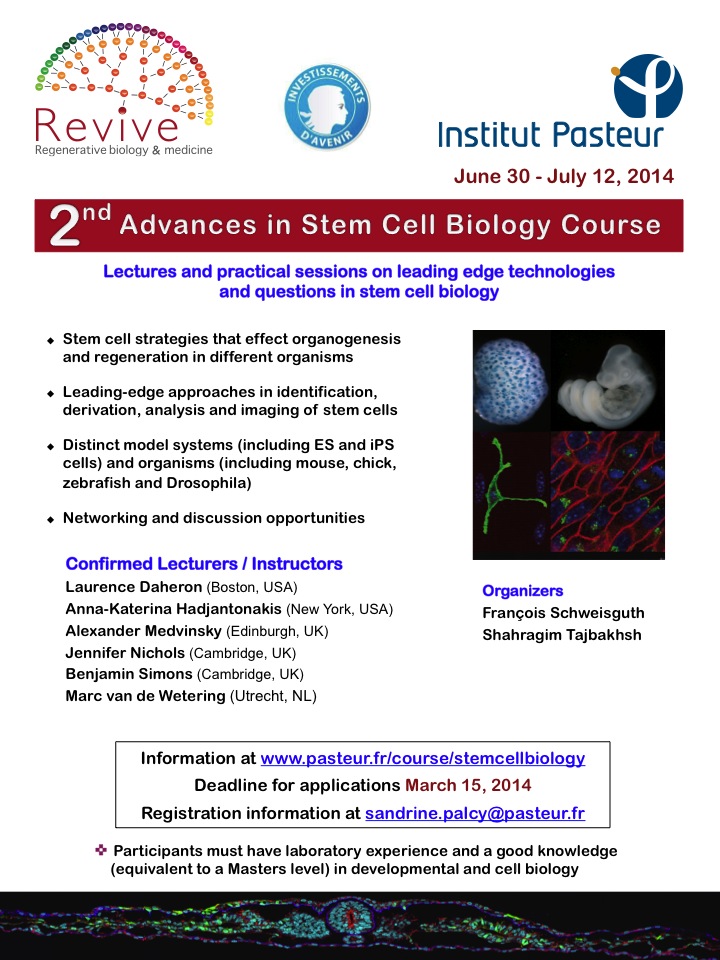Of non-existent black holes and pickled stem cells
Posted by Kif Liakath-Ali, on 2 February 2014
Physics and Biology were the media darlings last week. Earlier, one of my favorite physicists Professor Stephen Hawking claimed through his paper that there are no black holes! Well… later I realized he actually insist in calling it with different name, “Metastable bound states of the gravitational field”!!! I know I am not meant to explore the nature of black holes. Nevertheless, While I was contemplating over the yes-or-no event horizon, there came hey-remember-you-are-a-biologist kind of reminder articles in Nature and makes a sensation. I first read about it from a random free newspaper on London Tube. Now you know how quickly it hit the media!
By now, most of people who work in the research field which uses key word “stem cells” should be aware of these two articles. So me not going into much details. Apparently, Haruko Obokata and Charles Vacanti’s team has done amazing job in showing a new method to derive iPS-like cells (as Yamanaka calls it). The method involves exposing the cells to stress, like comfortable acidic pH. And the rest of the story is well known.
Now, the lesson for me from these two articles is not only how I can reprogram cells in a new way but also how an alternative thinking can lead to breakthrough discoveries. Most of the scientists often plunged into narrow topics that often restricts to think outside the lab. As the lead author says, the original idea occurred to her when she thought about plants how they regenerate missing parts when it get chopped off. Obviously plants do not need to overexpress Yamanaka factors-like factors or any genetic manipulation to regenerate. In plants, mostly the regeneration is induced by stress. By inspired by this, the authors tried various stress applications including to squeeze the cells through narrow capillary pipettes (of course, without killing) and see if it could make the cells to do something different. And the ingenious idea of dipping cells in low pH worked out! Inspirations all around us, we need to keep eyes open, a bit wider.
Lateral thinking is vital in biology and science in general, I say!
This post is also available in our lab blog – wattlab blog. Please visit for more interesting topics and discussions.
Further reading
S. W. Hawking (2014) Information Preservation and Weather Forecasting for Black Holes. Preprint at http://arxiv.org/abs/1401.5761.
Obokata et al., (2014) Stimulus-triggered fate conversion of somatic cells into pluripotency. Nature. 505, 641–647.
Obokata et al., (2014) Bidirectional developmental potential in reprogrammed cells with acquired pluripotency. Nature. 505, 676–680.



 (3 votes)
(3 votes)
 (No Ratings Yet)
(No Ratings Yet)
